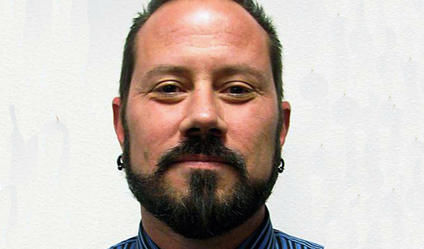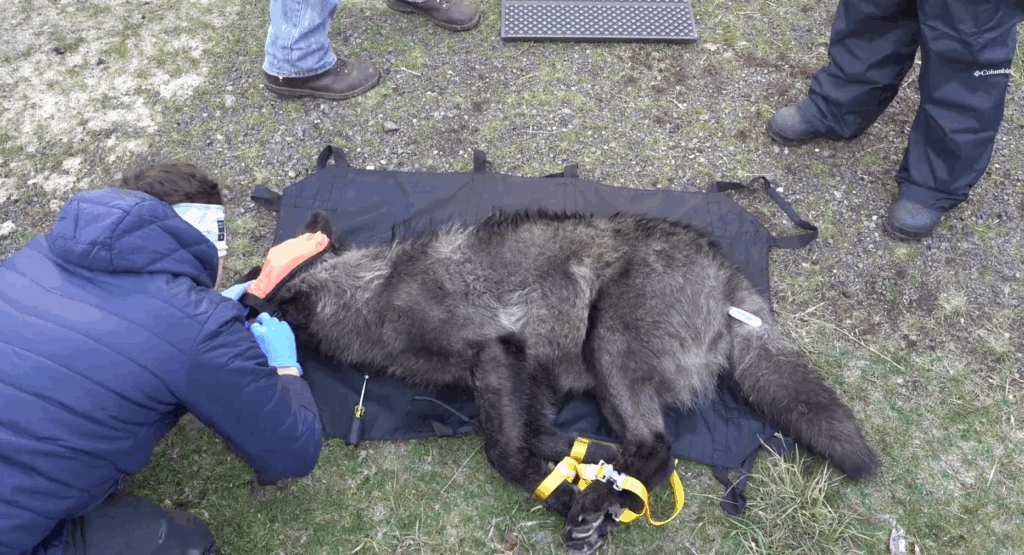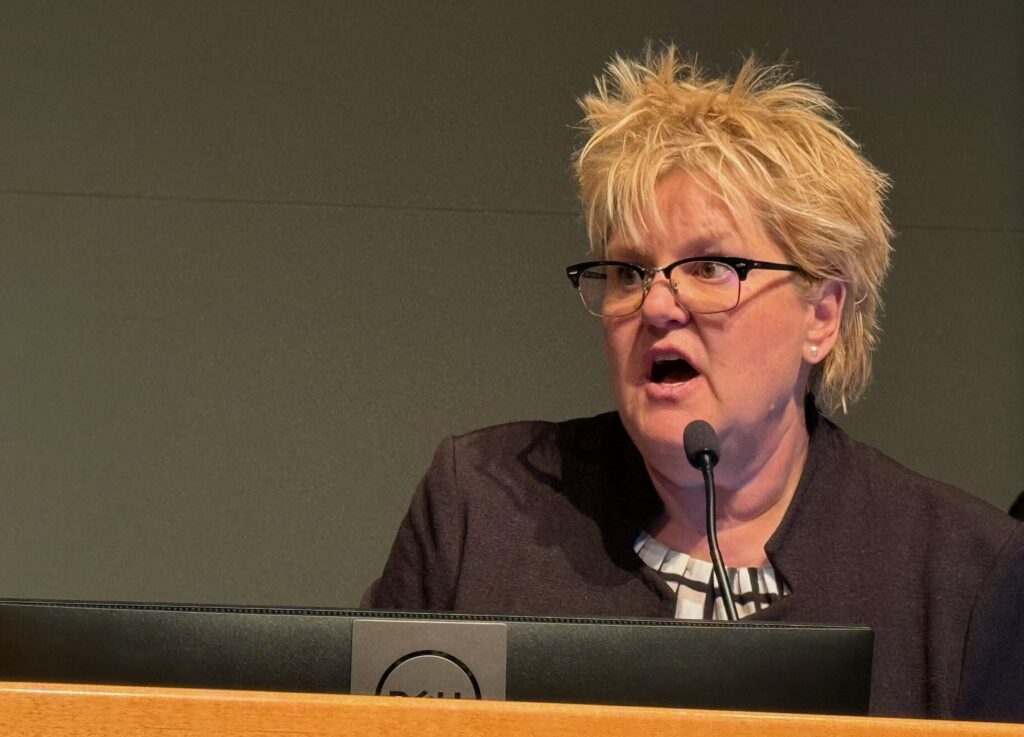Fleming: Trans-Mountain Diversions: There’s got to be a better way, and there is

As we approach the release of the final Colorado Water Plan, the blueprint for our state’s water policy for the foreseeable future, the possibility of a trans-mountain diversion, or TMD, sending more water from the West Slope to the Front Range remains in the plan. This is of great concern to many of us who live and work on the West Slope. While we understand that population growth on the Front Range is happening and meeting reasonable water needs is a reality, the economic burden and reduced quality of life that a new TMD brings to Western Slope residents is a severe price to pay.
Fortunately, a new TMD is absolutely not necessary to provide for the water needs of Coloradans — there are better, faster, and less controversial solutions available for all of us. That is why 1,500 West Slope residents signed and delivered a petition to Gov. Hickenlooper and Colorado Water Conservation Board Executive Director James Eklund last week strongly urging that a firm policy of no new trans-mountain diversions be included as a core priority in the soon-to-be-released Colorado Water Plan.
We take this action, as well, because the consequences of a new TMD are not slight for us. With the West Slope already experiencing a multi-year drought and an uncertain climate future, additional diversions to the Front Range would further drain already limited supplies on the West Slope. The effect would be costly and devastating to the ecological, recreational and economic values of the Colorado River and its tributaries. Rural communities, businesses and agricultural producers on the West Slope would suffer a sharp loss of water resources and the decline in healthy river flows would impact a $9 billion outdoor recreation economy based on river-related activities that is the cornerstone of the West Slope economy, including many millions of dollars from tourism.
Because our families, our local economies and our very lives depend on the responsible use of the water resources, we should first turn to more sustainable ways to conserve and re-use water across the state, rather than embarking on an expensive TMD project which will only serve as a temporary Band-Aid to fix water challenges.
These sustainable solutions are readily at hand, and our petition specifically urges that the final Water Plan focus heavily on more flexible pathways in three key areas to meet the state’s water requirements:
• Storage — Prioritize modernization and maximization of existing storage and delivery systems
• Agricultural Investment — Detail investment in infrastructure for agricultural delivery and irrigation, on behalf of the Western slope’s strong agricultural economy and heritage
• Municipal — Prioritize municipal conservation and re-use.
Currently, the West Slope supplies more than 500,000 acre-feet per year to the Front Range while trying to keep up with its own needs for agriculture, the outdoor industry and drinking water. Predictions for future water levels in the Colorado River are bleak, with the U.S. Department of Interior’s 2012 Colorado River Basin Water Supply and Demand Study forecasting a 9-percent reduction in water flows for the river in the coming decades.
In light of this history and a future of shrinking resources, sending more water east is not a fix for meeting future demands; indeed, it actually puts the state at greater risk. More workable solutions are widely supported water conservation and efficiency measures that are sustainable. These measures are the most cost-effective and efficient solutions we have to meet all demands.
It’s heartening to see that CWCB Director James Eklund is in agreement. In an interview last week with the Grand Junction Daily Sentinel, he said, “There are all sorts of good reasons to think we can close the gap” between current supplies and the demands expected by 2050. “We could essentially zero out the gap by 2030” with greater conservation and moving ahead with existing storage plans, he said.
The ideal Colorado Water Plan reflects the needs of people in all parts of our state and region. The final plan should outline clear, actionable goals on urban conservation and re-use. It should embrace other flexible ways to meet water demands that do not include large new trans-mountain diversions and that protect the state’s rivers. Done right, Colorado’s Water Plan can secure our long-term economic security while promoting forward-thinking solutions that address water challenges on both sides of the Rocky Mountains.
Bryan Fleming is mayor pro tem of Silt.














